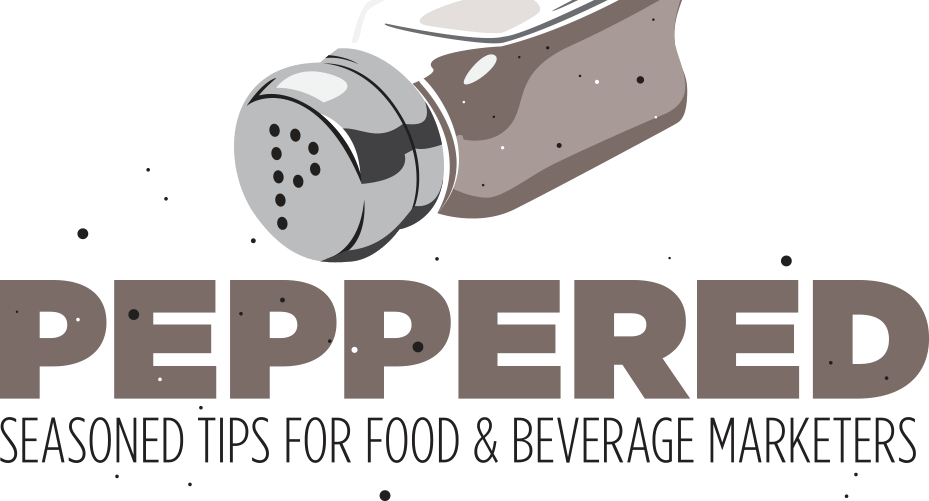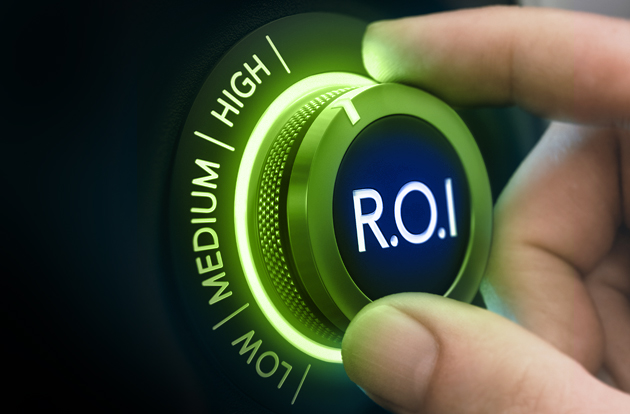While the answers to this question may differ dramatically, the reality is that this is a very fair and warranted question. If you’ve done any research on this topic or have personal experience on how this question can be answered, you are keenly aware that the answer is very much related to the strategy and execution of the advertising campaign – aka, this is a loaded question. The truth is, every brand manager should be prepared with a strong rationale for how to answer this question.
What’s being asked is a simple question, if we spend $750,000 on a 3-6 month advertising campaign, what should the company expect as a return on that investment during those 3-6 months? This is very fair, and a question each one of us would ask someone who was investing $750,000 of our money. In the case of a personal financial advisor, the investment recommendations and forecasted returns would all be based on what your short and long-term goals and objectives are – tempered by the fact that the financial market, which no one can fully predict, is the main factor in the overall performance on your investment. The same questions and variables are present in the advertising campaign scenario.
Because every industry is different, and products and services have very different selling/buying and need/want states, your answer to this question needs to be grounded in what you are trying to accomplish with your advertising campaign. It would be absurd to assume that none-or all-of this investment would be tied directly to an ROI model that would only be attributed to sales during the 3-6 months that the advertising campaign was executed.
To illustrate the difference in how an ROI can range dramatically due to buy rate and need state of a consumer, I share with you a January morning in a consumer’s home – for the sake of the story, his name is Scott. Scott wakes up to no hot water in the house and his last scoop of coffee. Scott has a real problem — starting the day without a hot shower and making decisions without any morning coffee. He immediately calls his plumber (we won’t get into how he sourced his local plumber) and soon finds out that he needs a new hot water heater – which a typical homeowner only needs to replace every 12-15 years. His plumber reviews some options, at which time Scott selects a hot water heater brand that he has heard advertised on his favorite radio station for many years. Can you attribute this sale to advertising? And, can you attribute it to a specific 3-6 month advertising campaign ROI? The answer is yes and no — because Scott was informed of the brand for many years, even while he was not in a buy mode and the brand purchase was not exercised immediately, the brand awareness was strong enough to still deliver the sale. In this case, the ROI was both awareness (for many years, although not immediately registering on an ROI spread sheet) and sales – when it was time to buy, Scott knew exactly what he wanted. Scott doesn’t plan on purchasing another hot water heater for a long time.
In sharp contrast to his hot water heater purchase, Scott also needed to purchase another bag of coffee beans. Scott already has a favorite brand that he has used for years, but there are more and more new brands on shelf every time he goes to the store. While his current brand is something he really likes, he has heard several ads on his favorite radio station for a new brand of coffee, and he is considering trying it. When he arrives at the store, he sees this new brand and determines it’s not a big decision considering the coffee will only last one week, so he makes the purchase. In this case, the ROI was awareness and an immediate sale. Scott will make a quick assessment and determine whether he will buy this new brand moving forward on a weekly basis, every once in a while, or never again.
In both scenarios, Scott made a purchase decision based on advertising. The real and obvious variable in the two scenarios is how long the purchase decision took (buying frequency) and what triggered the purchase.
As a brand manager, being able to articulate your insights and lead your team will go a long way in coming to a consensus on what percentage of your advertising investment should be attributed to an awareness and sales ROI. While it would be rather extreme to forecast this to be a 50/50 awareness/sales attribution, it would be advisable to consider a 30/70 or 40/60 awareness/sales attribution based on the selling/buy and need/want states of your product or service. Taking this step can be extremely helpful in the strategy, execution and reporting phases of any advertising campaign.






